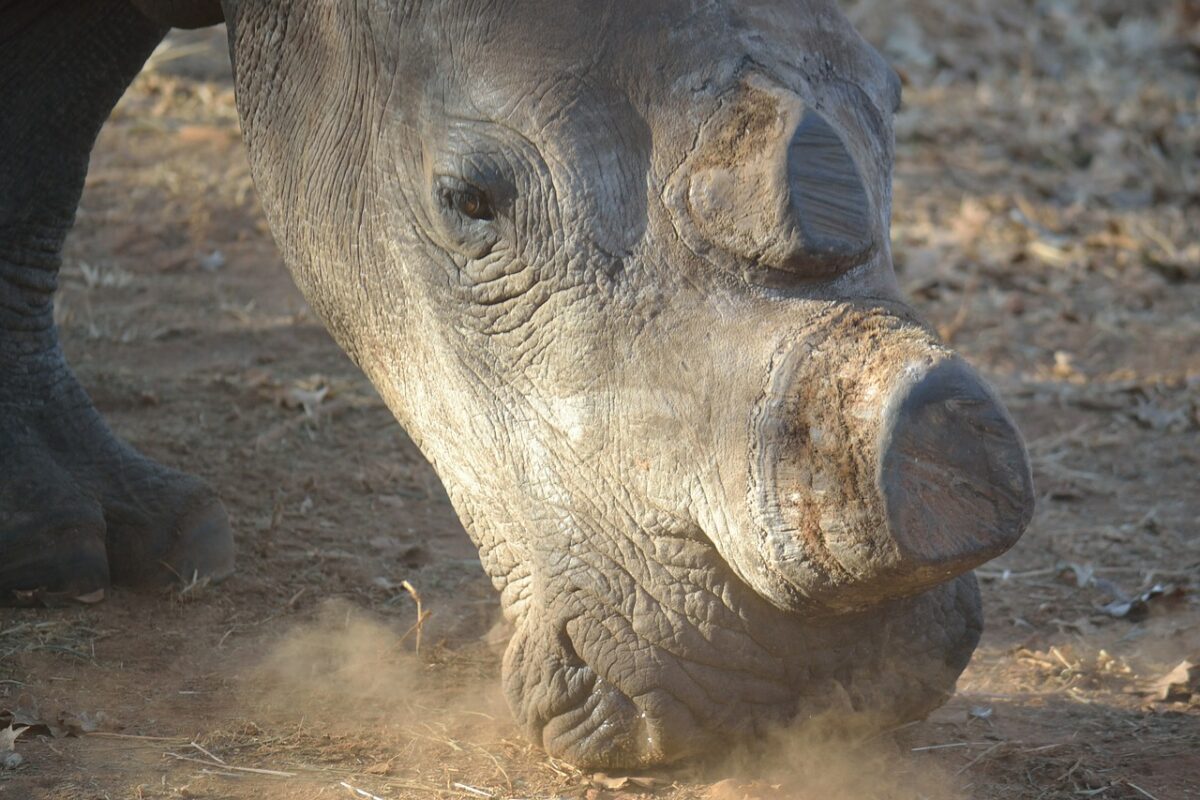Despite a decrease in official rhino poaching statistics, the South African rhino poaching crisis is far from over.
According to Save The Rhino’s poaching statistics, on average in South Africa right now, a rhino is killed every 15 hours. While this is significantly lower than in 2015, when more than three rhinos were poached every 24 hours, one must realize the changing landscape:
- The private sector has dramatically increased the resources and assistance for the fight against rhino poaching.
- The number of rhinos has reduced dramatically because of years of poaching and so the rate of killing has slowed down.
That a rhino is killed every 15 hours in South Africa is still terribly high and the long-term impact of the poaching crisis has taken its toll.
The DA statement on the KZN poaching crisis
Heinz de Boer, MPL – DA KZN Spokesperson on Economic Development, Tourism and Environmental Affairs.
“The Democratic Alliance (DA) in KwaZulu-Natal (KZN) will be formally asking newly-installed Economic Development, Tourism and Environmental Affairs (EDTEA) MEC, Ravi Pillay to appoint an independent investigative task team to probe Ezemvelo KZN Wildlife’s (EKZNW) complicity in Rhino deaths in the province.
This after a year-long investigation by the DA which has led to an increasing raft of informers and information coming to light, all of which indicates gross negligence on the part of Ezemvelo in protecting our threatened species.
At the centre of the allegations are the controversial Hluluwe-Imfolozi Park (HIP) fencing contract, and associated technology which is supposed to safeguard its perimeter.
While former EDTEA MEC, Nomusa Dube Ncube did lay criminal charges against the contractor involved, the DA believes that only an independent forensic and on-site investigation will expose alleged irregularities at HIP.
Information provided to date suggests that a probe should be focused on;
– The awarding of the contract for helicopter operations
– Prices of materials supplied to repair the HIP fence, and whether Ezemvelo were overcharged and gained value for money
– The physical state of the fence, and whether it is secure and electrified as Ezemvelo claims and;
– The state of readiness and capabilities of the various anti-poaching units within Ezemvelo.
While the DA would not like to make sweeping statements at this stage, due to the sensitivity of some information, we believe that only an independent investigation – which is open to public scrutiny – will expose the rot at HIP.
Proper electrified and reinforced fencing is always the first line of defence against park incursions. Despite assurances from Ezemvelo that all is in order, the DA remains convinced that as much as 75% of the HIP fence is not to specification. Additionally, up to 60% of all Ezemvelo reserves throughout the province suffer from fencing that is not to specification as legislated.
As the custodians of wildlife in in our province, Ezemvelo KZN Wildlife has – for far too long – allowed a few rotten apples to taint the name of the dedicated rangers and employees who risk their lives to protect our rhino and elephant.
It is time to clean house at Ezemvelo. The DA calls on MEC Pillay to finally fix this wildlife entity by investigating and prosecuting those employees who are corrupt, who aid rhino poachers, or who simply close their eyes to the issues that lead to poaching.”

